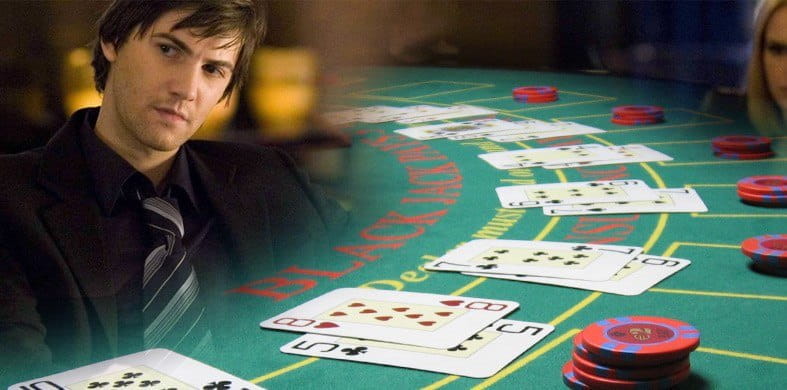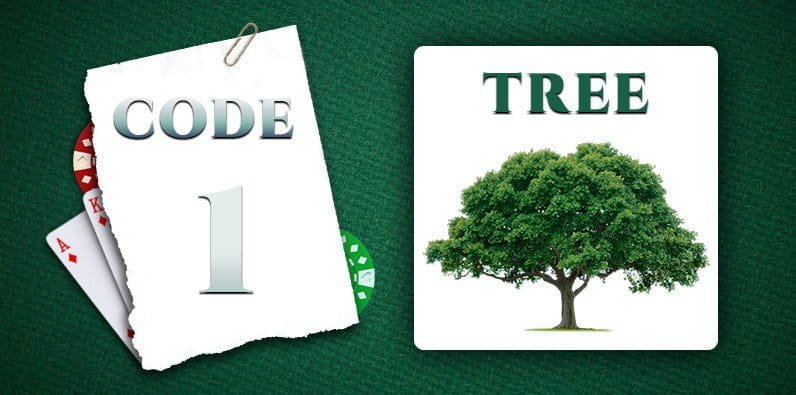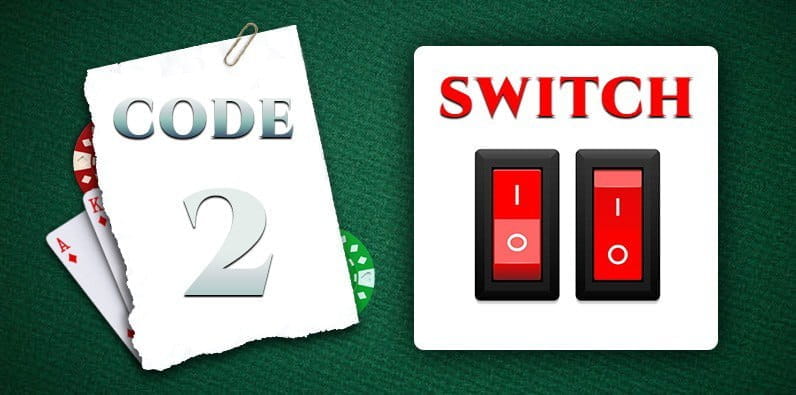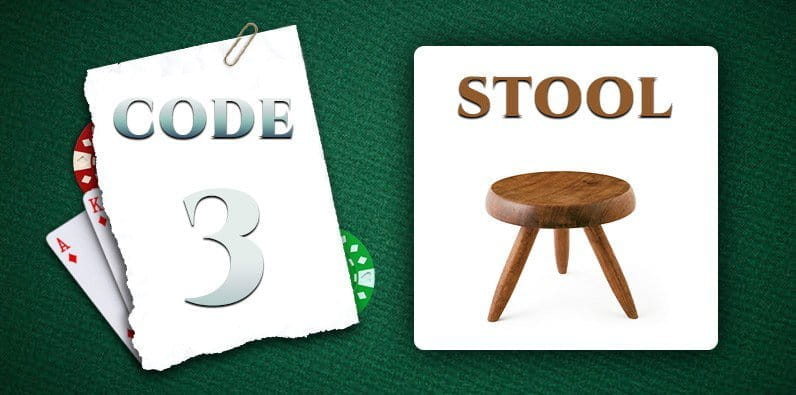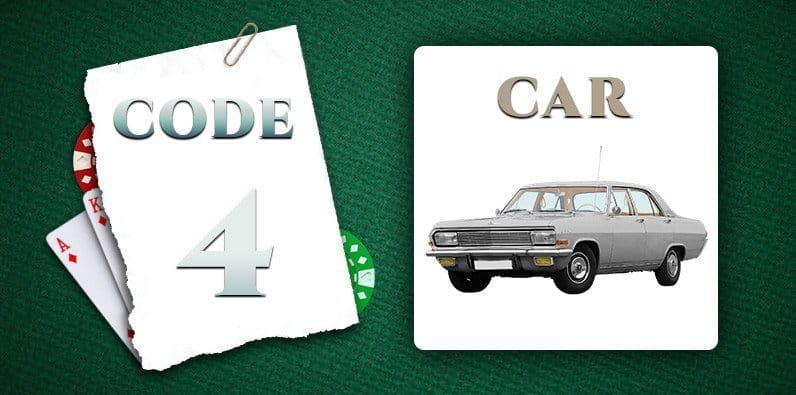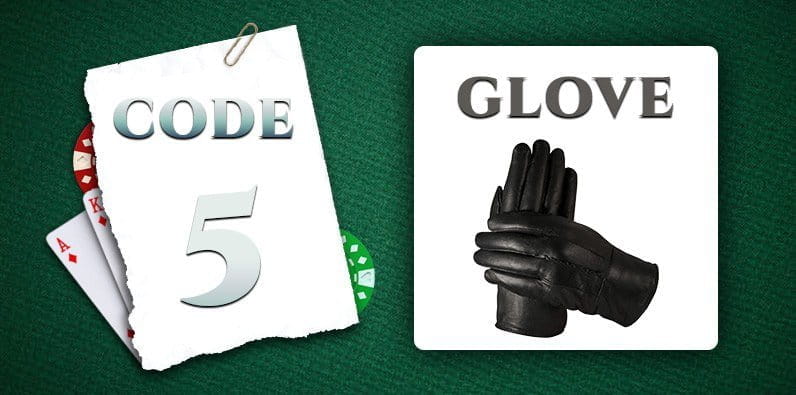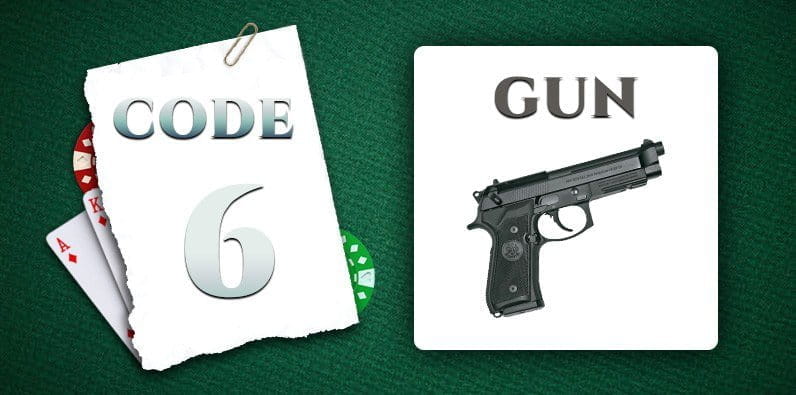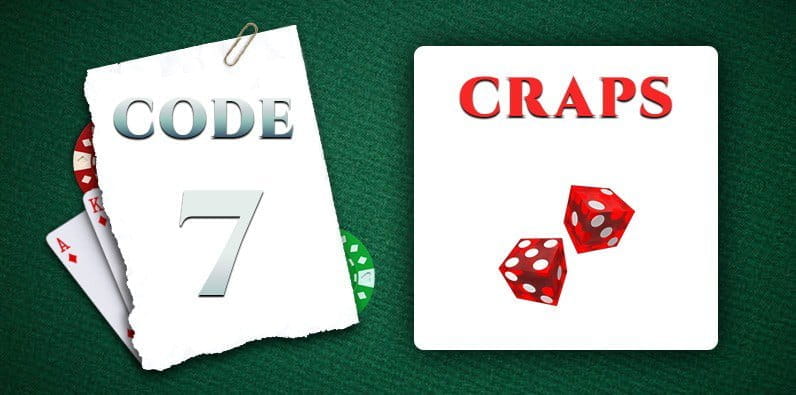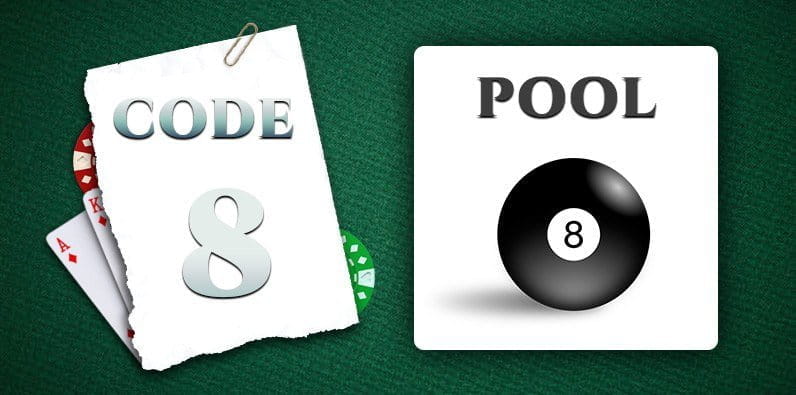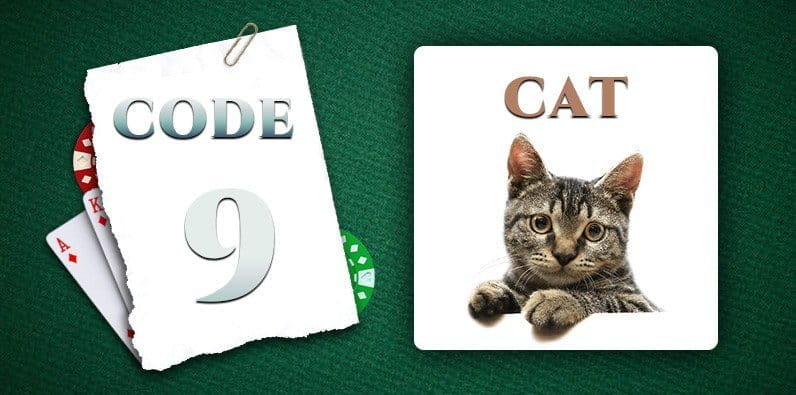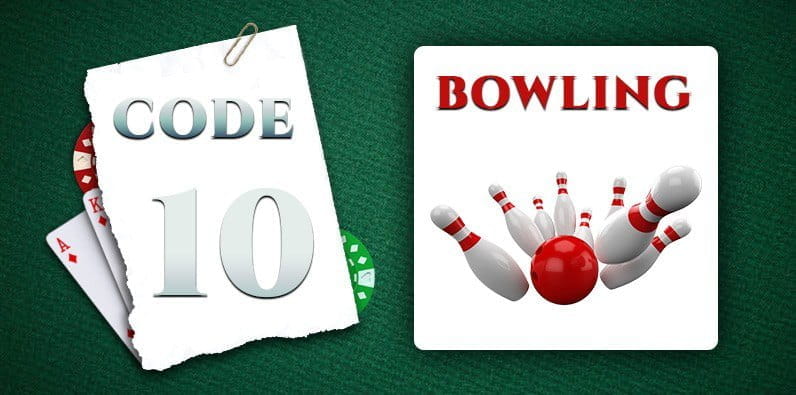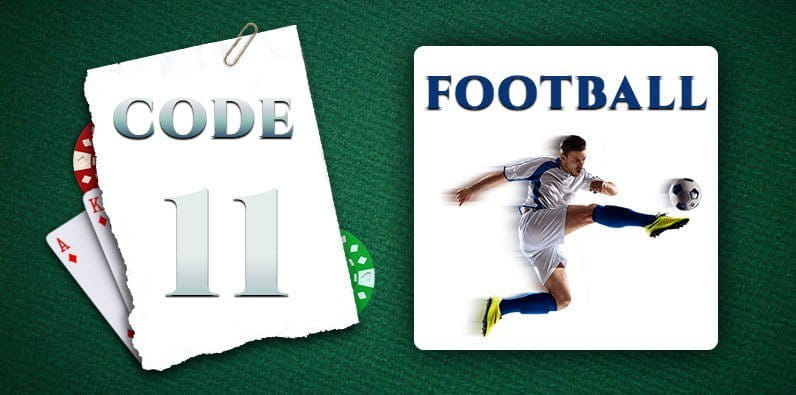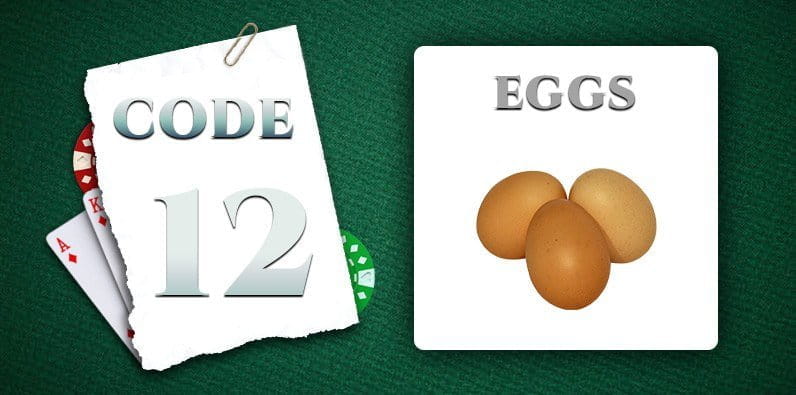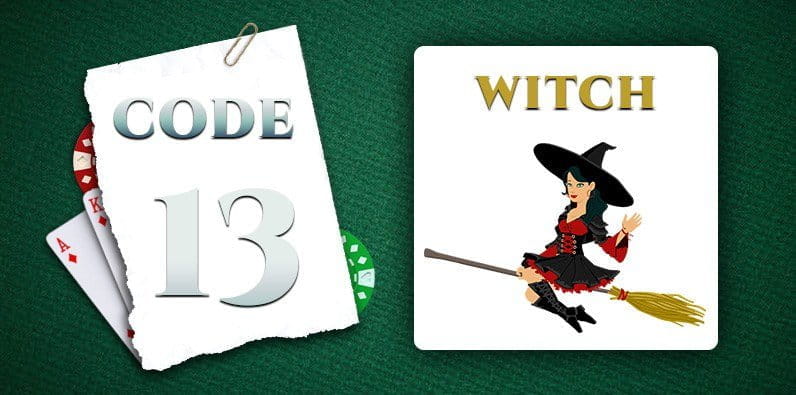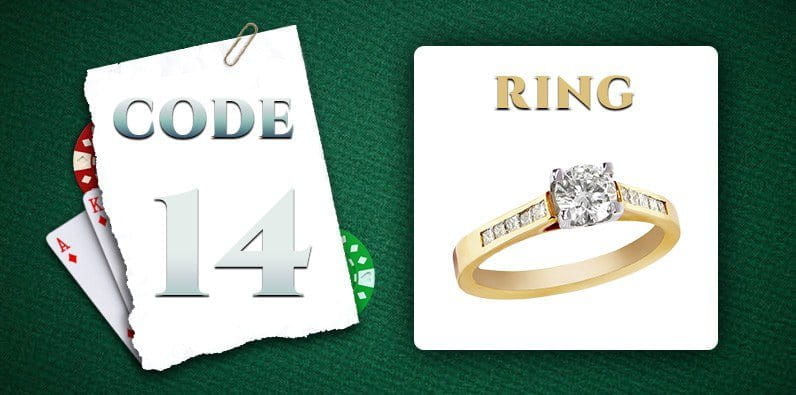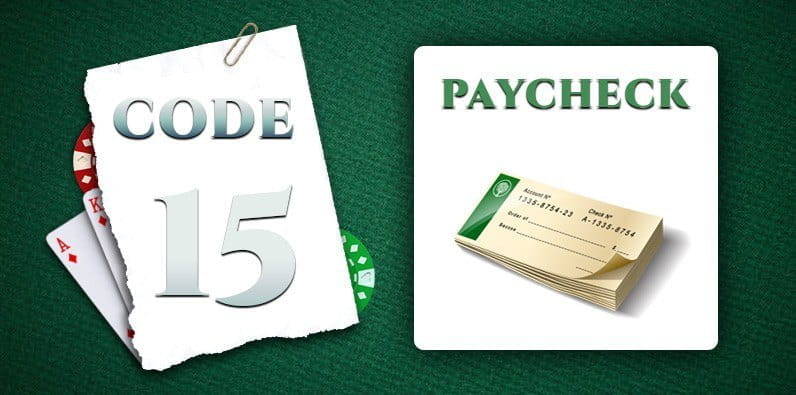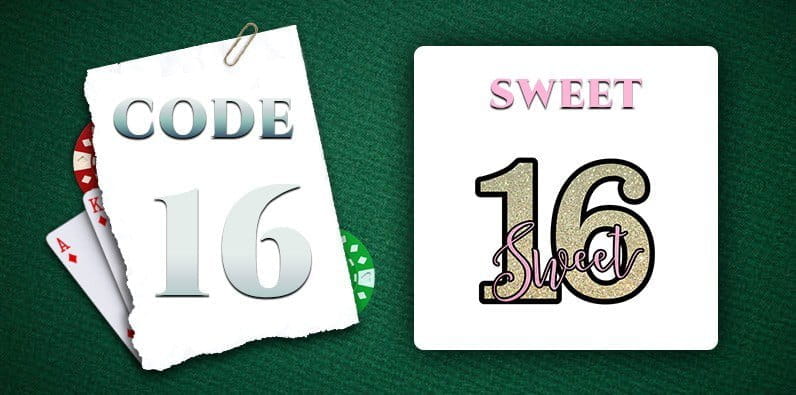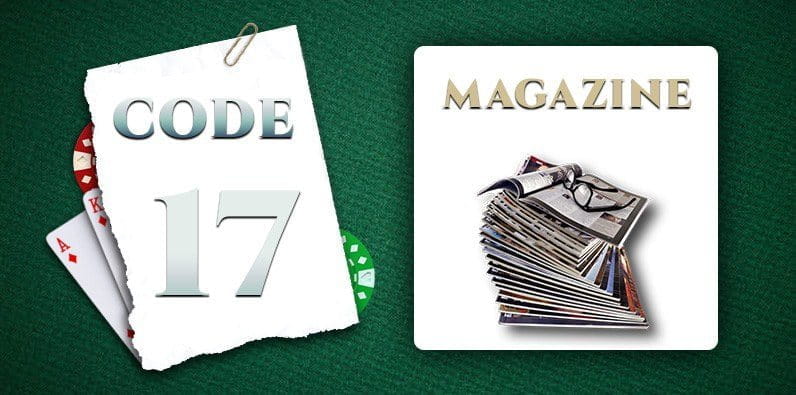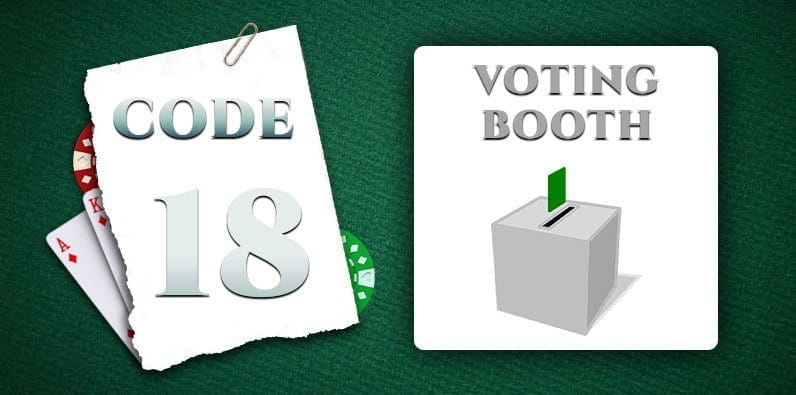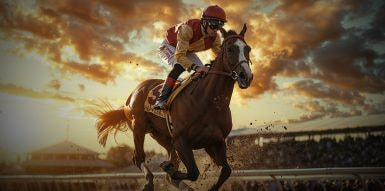What Is a Blackjack Card Counting Team?
Card counting has been a bane on casinos for many decades. As you know, it is not a strictly illegal technique, unless you are using machines to aid you. The skill is usually beyond the average player as it requires high levels of concentration, and some math skills to boot. Nowadays, casinos employ different procedures that make it hard for counters to do their thing and if they suspect you of being one, they can ban you from the blackjack tables.
If you are a blackjack lover, we cannot help you to become a legend like the team that we will discuss today, but we definitely can show you which are the best blackjack sites around. And believe us, they can grant you some amazing perks and impeccable gameplay!
However, back on the topic. Back in the day, it was much harder to identify and catch the counters. The only bright side for the casinos was that most people actually sucked at doing it, and instead of increasing their winnings, they simply lost larger wagers. This started to change during the early to mid-70s, when a guy called Ken Uston gained significant notoriety by leading organised groups against casinos around the world. Just as Thorp, Uston even bragged about his success in a book, bringing team card counting to the attention of the general public – or at least certain parts of it.
“The count is everything.”Bill Kaplan
When card counters cooperate, they split into two groups – ‘spotters’ and ‘big players’. As you could imagine, counting cards is very, very hard – the dealers are fast, and there are a lot of decks in the shuffling machine. For that reason, the spotters are those who keep count on the table, always placing only the minimum wager required. The end-goal of any card counting system in blackjack is to recognise when the composition of the remaining cards is getting beneficial for the player. When this moment comes, the spotter would then signal the big players that it is time to increase the bets – sometimes to an outrageous sum. Similar divisions of roles are used in many other advantage play schemes, such as edge sorting for instance.
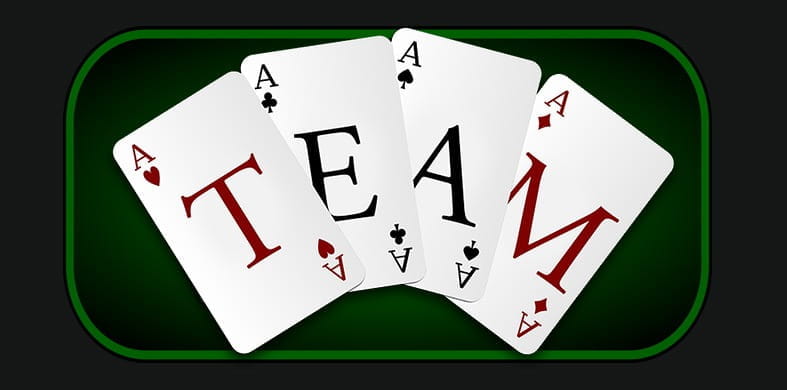 To achieve maximum winnings, blackjack teams would also often use ‘investors’. These investors provided the money that would be used for wagering. This might sound shady, but in reality, the players usually gathered funds from their friends and family, and outsiders rarely got involved.
To achieve maximum winnings, blackjack teams would also often use ‘investors’. These investors provided the money that would be used for wagering. This might sound shady, but in reality, the players usually gathered funds from their friends and family, and outsiders rarely got involved.
At first glance, there is nothing complicated about the scheme. When it first appeared as an idea, many bright young people were eager to try it out, lured by the promise of making money at the casinos’ expense. Some of them probably had their own quiet stories of small-scale success, while others failed and gave up on card counting altogether. However, the MIT team was a different beast.
They had decided to turn playing into a serious business.
From Humble Beginnings: Rise of a Hydra
“How to gamble if you must“. Not a shabby name for a university course, and at the prestigious Massachusetts Institute of Technology at that. This is where it all began for the first members of the MIT Blackjack Team. Few people know that the team started operating as early as 1979. However, they did not enjoy a stunning success at first. Many members were becoming disillusioned with the less than stellar profits, and moving on.
It was a chance meeting that would change all that.
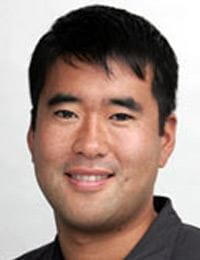
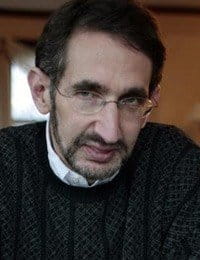 At the time, the team was led by J. P. Massar, famously known as ‘Mr. M’. He was the one who had kept the MIT group together despite the hardships. On a warm day in May 1980, as he sat down to eat at a random Chinese restaurant, he happened to overhear a conversation about team card counting at a nearby table. Mr. M’s interest was piqued when 35-fold returns were mentioned – someone was obviously doing better than the mediocre showings of his MIT team! He simply had to introduce himself to the mysterious manager, and ask him for advice.
At the time, the team was led by J. P. Massar, famously known as ‘Mr. M’. He was the one who had kept the MIT group together despite the hardships. On a warm day in May 1980, as he sat down to eat at a random Chinese restaurant, he happened to overhear a conversation about team card counting at a nearby table. Mr. M’s interest was piqued when 35-fold returns were mentioned – someone was obviously doing better than the mediocre showings of his MIT team! He simply had to introduce himself to the mysterious manager, and ask him for advice.
This is how Mr. M came to know Bill Kaplan, a recent Harvard graduate who had run a successful card counting team while he studied. However, bored by Nevada, Kaplan’s team had decided to scatter and go on a tour targeting casinos around the world. Bill himself considered changing the climate and getting used to new casino regulations too much of a hassle, and had elected to stay behind – which was the reason he was more than interested in Mr. M’s offer for cooperation.
Kaplan’s business prowess turned out to be the catalyst that the math geeks from MIT had needed. Before the arrival of the Harvard graduate, they had been far too focused on using overly complex counting systems, and spent more time arguing about math than playing. Under Kaplan’s influence, the MIT graduates streamlined their counting systems, and adopted strict internal procedures. Players would get paid for the hours they spent on the tables, and receive a share of the profits. The revamped team started out with ten members and a common gambling pot of $89,000, and managed to double it in just ten weeks.
It was time to start recruiting.
The MIT Team: A Well-Structured Gambling Machine
Don’t picture the MIT team as a small group of vigilantes intent on beating the system. In real life, such feats rarely work out well. Even though he is considered one of the greatest casino cheaters of all times, the founding father of card counting Edward Thorp had set the course of using your skills and knowledge to exploit the system, rather than outright breaking the law.
The MIT team was a business organisation with a set budget and operative goals. There was a constant turnover, with new players joining in only after a rigorous selection process that included many sessions of card counting under extremely stressful conditions. The newbies received an extensive and completely free training, and usually made hefty profits from the whole endeavour.
Casinos were already employing internal rules that allowed them to ban card counters from playing, so the MIT spotters and big players could not talk about the running count in the open – they used code phrases instead. With the aid of some flash cards, all members learned to associate specific words with numbers. If a spotter used one of those words in a sentence, that meant he was giving a signal to the big player to change the bet.
Losing streaks were something natural for individual players and for the group as a whole – card counting is not a flawless system, not by a longshot. The long-term vision and the complete faith in their methods kept the gamblers moving forward, and team spirit came greatly in play. Many successful business ideas have faltered because of short-term problems, but the MIT team persevered, and prospered.
Discipline was the key to their success. What they were doing was more than gambling – they were investing their money, and using tactics that minimised the risks. Everyone filled in detailed reports, and with time information was identified as a key resource. The team was always on the lookout for new casinos still unaccustomed to detecting card counters, and kept track of the security personnel that was already aware of the technique.
“All eyes were on the same goal. Each player was as concerned about his teammates’ performance as his own.”Bill Kaplan
It is theorised that at some point, the MIT team managed to gain an edge of no less than 2% over the house. For the first time in history, the tide was beginning to turn.
What Came After: The Many Faces of the MIT Team
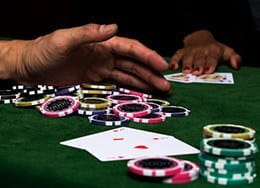 During the 80s, the MIT team grew rapidly. At one point there were over 30 players rotating around casinos, with a huge gambling capital of over $300,000. They were offering investment returns that reached 300% in good years – an unprecedented success. Naturally, casinos were beginning to take notice, and some of the veterans were already marked as dangerous. Bill Kaplan for instance had to retire to a more supporting role, because as soon as he showed his face in a casino, local security would immediately start searching for the rest of his team. However, this was not much of a problem as there were always new MIT recruits available.
During the 80s, the MIT team grew rapidly. At one point there were over 30 players rotating around casinos, with a huge gambling capital of over $300,000. They were offering investment returns that reached 300% in good years – an unprecedented success. Naturally, casinos were beginning to take notice, and some of the veterans were already marked as dangerous. Bill Kaplan for instance had to retire to a more supporting role, because as soon as he showed his face in a casino, local security would immediately start searching for the rest of his team. However, this was not much of a problem as there were always new MIT recruits available.
Fatigue was starting to set in towards the end of the 80s, when Kaplan together with Mr. M and the co-manager John Chang decided to flex their muscles one more time. They were planning to take advantage of the new casinos opening in Connecticut – and even founded a firm! In 1992, the MIT Blackjack Team registered a Massachusetts Limited Partnership under the name Strategic Investment. Structured like a real estate agency, the company managed to gather a budget of more than $1 million, and the experienced card counters employed their best techniques yet. With almost 80 players on the payroll and record profits rolling in, the MIT team had truly reached its peak.
“When you’ve got the advantage, get out the money.”Bill Kaplan
What put an end to the most successful gambling team of all time were, ultimately, the changing times. Threatened, casinos were raising up the heat and tightening security procedures, while the elite agencies employed to put an end to the unprecedented attack were already spotting potentially dangerous players by browsing through MIT yearbooks.
More importantly though, the age of globalisation that blossomed during the 90s opened potentially more profitable venues for investment – and the MIT Blackjack Team members were businessmen at heart. At the end of 1993, Strategic Investment Ltd. was dissolved by mutual consent, and after paying out substantial earnings to players and investors alike, the lead members moved on to their next ventures.
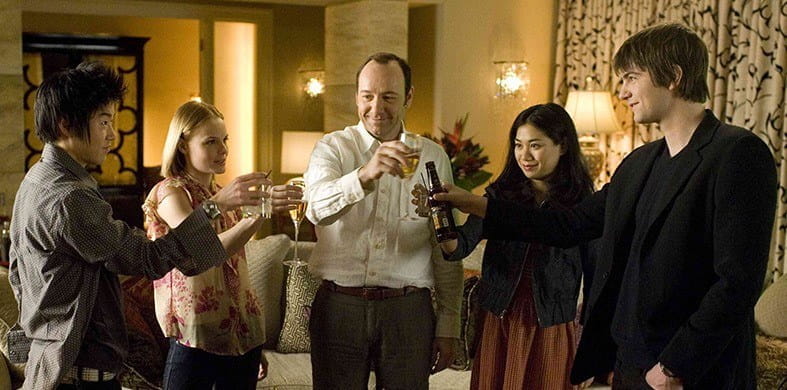
Of course, this was not the end of the tale. With a high number of trained card counters loitering around, new organised teams took up the torch, and continued to plague casinos throughout the 90s. The Amphibians and the Reptiles were the most famous off-shoots of the MIT team, with conflicting stories about the true size of their operations. There are even suggestions that the two teams, both listing many former MIT players, were competing to see who would earn more cash.
This would go on to the turn of the century, when new casino security measures slowly ‘convinced’ the pro counters to drift into other pursuits. At long last, the MIT Blackjack Team had passed into history.
The Hydra Unveiled: Legacy of the MIT Team
Nowadays, the MIT team is well-known throughout the world. Their exploits have been popularized by Ben Mezrich’s excellent Bringing Down the House – if you recall, considered one of the essential gambling books every casino player should read – and the not-so-stellar 21 film, which nevertheless brought huge attention to the team. Many of the lead players have come out publicly and held seminars about the reasons behind their success.
Ultimately, the key thing was not the system that they used, but the personal characteristics of the individuals that were assembled. Many of them went on to become successful managers or consultants, excelling in their chosen field just as they had at playing blackjack.
However, their rampage across casinos worldwide led to serious changes in regulations. A lot of the more complicated and irritating rules you have to face at both land-based and online casinos came to be because of the increased pressure that organised blackjack teams put during the 80s and 90s.
Love them or hate them, the MIT players left their mark on the gambling world forever and earned their place in the great halls of fame of the blackjack game. If they inspired you, you can see more of the best online casinos, and play with some great bonuses.
